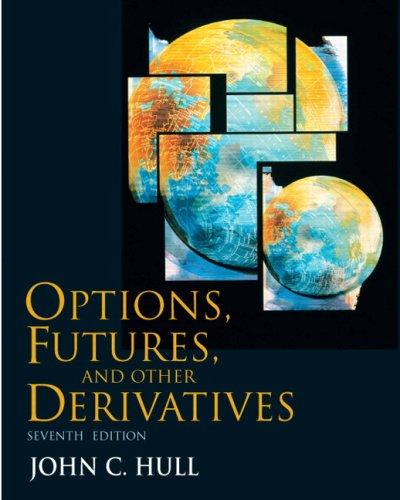Question
A project costs RM10,000 and is expected to return after-tax cash flows of RM3,000 each year for the next 10 years. This projects payback period
A project costs RM10,000 and is expected to return after-tax cash flows of RM3,000 each year for the next 10 years. This projects payback period is
Select one:
a. three years.
b. three and one-third years.
All of the following criteria for capital-budgeting decisions adjust for the time value of money EXCEPT
Select one:
a. IRR.
b. NPV.
c. payback period.
d. profitability index.
If the IRR is greater than the required rate of return, the
Select one:
a. present value of all the cash inflows will be greater than the initial outlay.
b. payback will be less than the life of the investment.
c. project should be rejected.
d. both A and B.
Payback period
Select one:
a. ignores the time value of money.
b. deals with cash flows rather than accounting profits.
c. measures how quickly the project will return its original investment.
d. ignores cash flows.
The firm should accept independent projects if
Select one:
a. the payback is less than the IRR.
b. the profitability index is greater than 1.0.
c. the IRR is positive.
d. the NPV is greater than the discounted payback.
The IRR is
Select one:
a. the discount rate that makes the NPV positive.
b. the discount rate that equates the present value of the cash inflows with the cost of the project.
c. the discount rate that makes the NPV negative and the profitability index greater than one.
d. the rate of return that makes the NPV positive.
The NPV assumes cash flows are reinvested at the
Select one:
a. IRR.
b. NPV.
c. real rate of return.
d. cost of capital.
The NPV method
Select one:
a. is consistent with the goal of shareholder wealth maximization.
b. recognizes the time value of money.
c. uses cash flows.
d. all of the above.
We compute the profitability index of a capital-budgeting proposal by
Select one:
a. multiplying the IRR by the cost of capital.
b. dividing the present value of the annual after-tax cash flows by the cost of capital.
c. dividing the present value of the annual after-tax cash flows by the cost of the project.
d. multiplying the cash inflow by the IRR.
What is the term for the discount rate that equates the present value of a projects future net cash flows with the projects initial cash outlay?
Select one:
a. The MIRR
b. The hurdle rate
c. The IRR
d. The accounting rate of return
c. four years.
d. 10 years.
Step by Step Solution
There are 3 Steps involved in it
Step: 1

Get Instant Access to Expert-Tailored Solutions
See step-by-step solutions with expert insights and AI powered tools for academic success
Step: 2

Step: 3

Ace Your Homework with AI
Get the answers you need in no time with our AI-driven, step-by-step assistance
Get Started


